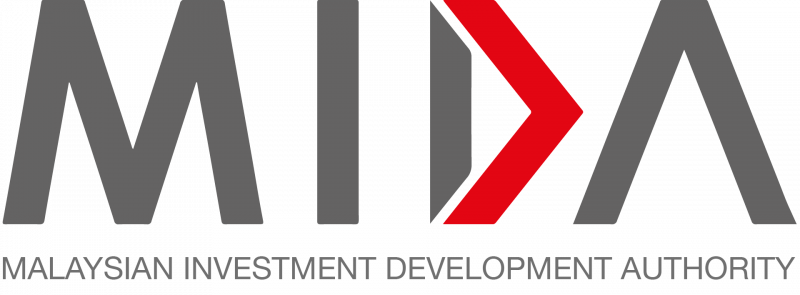Driven by the semiconductor boom and trade diversion, Penang’s approved manufacturing investments hit an all-time high of RM76.2 billion in 2021. Not only that the figure surged 440% year-on-year, it also exceeded the cumulative investments garnered from 2012 to 2020 amounting RM73.1 billion.
Unfortunately, the massive flow of investments into the island state has created an unwanted consequence — a huge shortage of talent. It is estimated that more than 12,000 jobs have been created from the manufacturing investments in 2021 alone.
Last month, The Edge travelled to Penang to meet captains of industry in the semiconductor and electrical and electronics sectors. Surprisingly, most of them are not overly worried about the global chip downturn. Instead, their bigger concern is the shortage of human talent in the Silicon Valley of the East.
In an interview with The Edge, Invest-in-Penang Bhd (InvestPenang) chief executive officer Datuk Loo Lee Lian shares her views on the talent shortage issue, and reveals the agency’s plans to develop, attract, and retain human talent.
But first, she says, Penang has to take a breather while waiting for the talent and labour market to consolidate, because it is important for the state to “expand responsibly” when it comes to attracting new foreign investments.
Meanwhile, Micron Technology Inc president Datuk Sanjay Mehrotra and ViTrox Corp Bhd co-founder Chu Jenn Weng stress the importance of building a strong culture within their companies, so that they could continuously attract the right talent.
They also share views on the global semiconductor downcycle and when the chip industry could recover.
Besides, Datuk Seri Lee Kah Choon, a special adviser to the chief minister of Penang on economic affairs, as well as Sunway University Business School professor of economics Dr Yeah Kim Leng believe the Government and the Ministry of Education could do more in addressing the talent shortage issue.
Last but not least, The Edge has also compiled infographics to show an overview of Penang’s economic performance and its labour force.
Source: The Edge Markets
Penang — No short of investments, but of talent
Content Type:
Duration:



